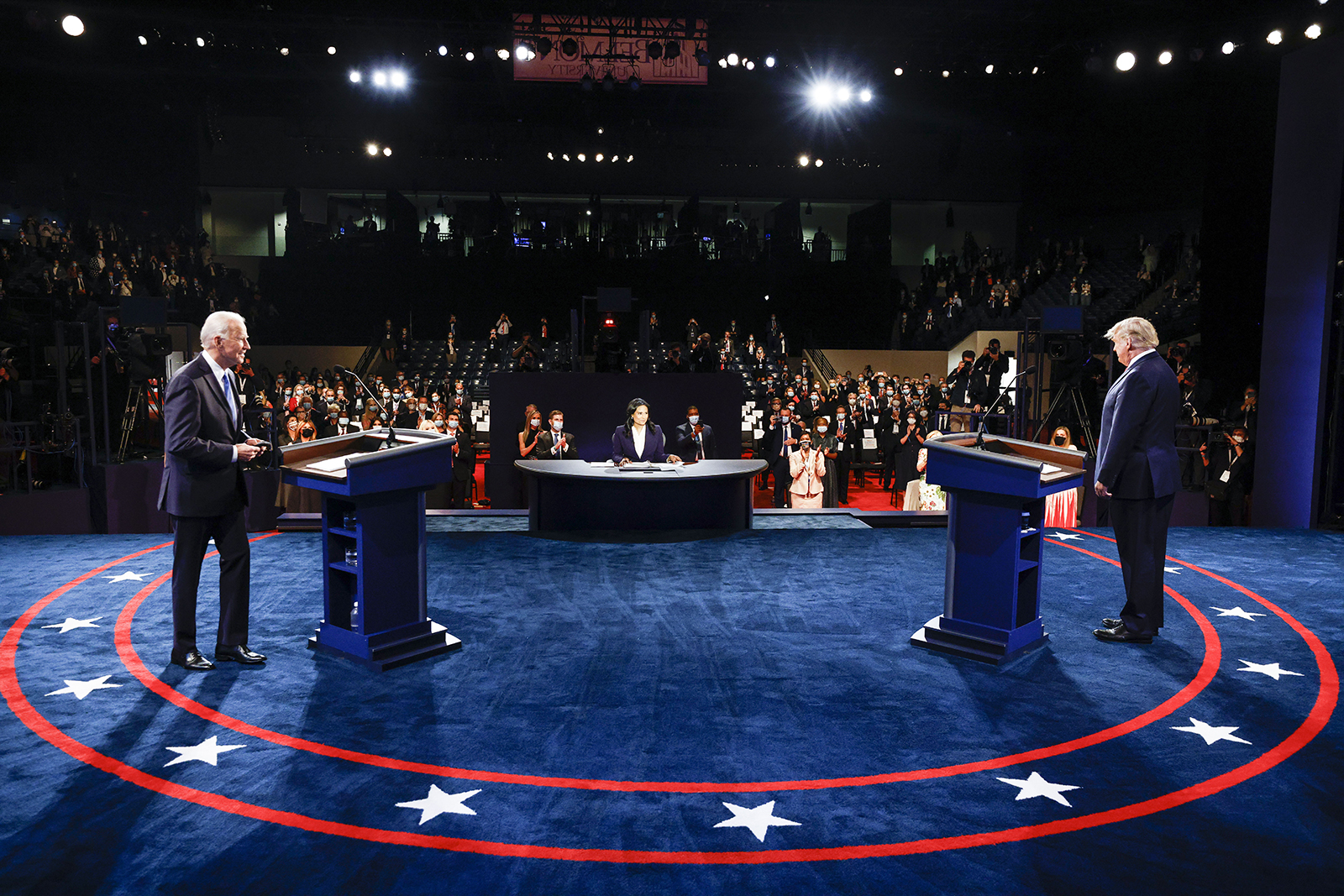Historical Context of Presidential Debate Times

The scheduling of presidential debates has evolved significantly throughout American history, reflecting shifts in political culture, media landscape, and public interest. While the debates have always been a crucial component of the electoral process, their timing and format have undergone transformations, revealing a dynamic interplay between political strategy, media influence, and public expectations.
Evolution of Debate Scheduling
The evolution of debate scheduling reflects the changing role of media and the increasing importance of television in shaping public opinion. In the early days of televised debates, the focus was on maximizing viewership, leading to prime-time slots. However, as debates became more commonplace, the scheduling shifted to accommodate a broader audience, with consideration given to factors such as work schedules and family commitments.
- The first televised presidential debates, held in 1960 between John F. Kennedy and Richard Nixon, were scheduled in prime time, at 9:00 PM EST. This decision was based on the assumption that the majority of Americans would be available to watch the debates at this time. The debates were a significant event, and they drew a large audience. However, the scheduling also reflected the dominant role of television in shaping public opinion at the time.
- In the 1970s and 1980s, the scheduling of presidential debates became more flexible, with debates being held at various times, including weekends and evenings. This shift was driven by the increasing popularity of cable television and the rise of 24-hour news channels. The debates were no longer limited to prime-time slots, and they could be watched at different times, depending on viewers’ schedules.
- In recent years, the scheduling of presidential debates has become more complex, with consideration given to factors such as the availability of candidates, the media schedule, and the potential for conflicts with other major events. The debates are often scheduled in the evenings, but they may also be held on weekends or during the day, depending on the circumstances.
Debate Times in Different Eras, Presidential debate time
The scheduling of presidential debates has varied across different eras, reflecting the political and social context of the time.
- In the early days of televised debates, the focus was on maximizing viewership, leading to prime-time slots. For example, the first televised presidential debates, held in 1960 between John F. Kennedy and Richard Nixon, were scheduled in prime time, at 9:00 PM EST. This decision was based on the assumption that the majority of Americans would be available to watch the debates at this time. The debates were a significant event, and they drew a large audience. However, the scheduling also reflected the dominant role of television in shaping public opinion at the time.
- In the 1970s and 1980s, the scheduling of presidential debates became more flexible, with debates being held at various times, including weekends and evenings. This shift was driven by the increasing popularity of cable television and the rise of 24-hour news channels. The debates were no longer limited to prime-time slots, and they could be watched at different times, depending on viewers’ schedules. For example, the 1980 presidential debates between Ronald Reagan and Jimmy Carter were held on a variety of days and times, including weekends and evenings.
- In recent years, the scheduling of presidential debates has become more complex, with consideration given to factors such as the availability of candidates, the media schedule, and the potential for conflicts with other major events. The debates are often scheduled in the evenings, but they may also be held on weekends or during the day, depending on the circumstances. For example, the 2016 presidential debates between Hillary Clinton and Donald Trump were scheduled in the evenings, but they were also held on a Sunday night, which is typically a night when people are less likely to be watching television.
Factors Influencing Debate Scheduling
A variety of factors influence the scheduling of presidential debates, including:
- Political Strategy: Candidates may choose to participate in debates at certain times to maximize their exposure to specific audiences. For example, a candidate may choose to participate in a debate on a Sunday night if they are hoping to reach a larger audience of voters who are at home watching television.
- Media Landscape: The rise of cable television and the internet has made it easier for people to watch debates at different times. This has given candidates more flexibility in choosing when to participate in debates.
- Public Interest: The scheduling of debates must also take into account the public’s interest in the debates. If a debate is scheduled at a time when people are less likely to be watching television, it may not draw a large audience.
- Availability of Candidates: The scheduling of debates must also take into account the availability of the candidates. If a candidate has a prior commitment, they may not be able to participate in a debate at a certain time.
- Potential Conflicts: The scheduling of debates must also take into account the potential for conflicts with other major events. For example, a debate may be scheduled at a time when there is a major sporting event or a holiday.
Strategic Considerations for Presidential Candidates: Presidential Debate Time

Presidential debates are a crucial element of any election campaign, and candidates strategize extensively to maximize their impact. One key aspect of this strategy involves considering the timing of debates, as different times can offer unique advantages and challenges.
Impact of Debate Time on Campaign Messaging and Tactics
The time of a debate significantly influences how candidates approach their messaging and tactics. Debates held early in the campaign often serve as an opportunity to introduce themselves to voters and establish their key themes. Candidates might focus on broad policy Artikels and personal narratives, aiming to capture attention and build name recognition. Later debates, closer to the election, tend to be more focused on specific issues and policy details, with candidates emphasizing their positions on key concerns and contrasting their plans with their opponents.
Comparison of Debate Times
The strategic considerations for presidential candidates vary depending on the time of the debate. Here’s a table comparing the pros and cons of debating at different times:
| Debate Time | Pros | Cons |
|---|---|---|
| Early in the Campaign |
|
|
| Mid-Campaign |
|
|
| Late in the Campaign |
|
|
Presidential debate time is always a hot topic, with everyone dissecting every word and gesture. While the candidates are in the spotlight, it’s important to remember the people behind them. For example, Gwen Walz , the First Lady of Minnesota, is a strong advocate for education and mental health, proving that the influence of those behind the scenes can be just as impactful as the candidates themselves.
Ultimately, the debates are just one part of the larger picture, and the true impact of these events is often felt far beyond the television screen.
Presidential debate time is always a hot topic, and this year is no different. While the main event gets all the attention, the cbs vice presidential debate is also crucial, offering a glimpse into the potential future leadership of the country.
It’s a chance to see how the vice presidential candidates handle pressure and articulate their vision for the nation, giving us a better understanding of the potential direction of the next administration.
